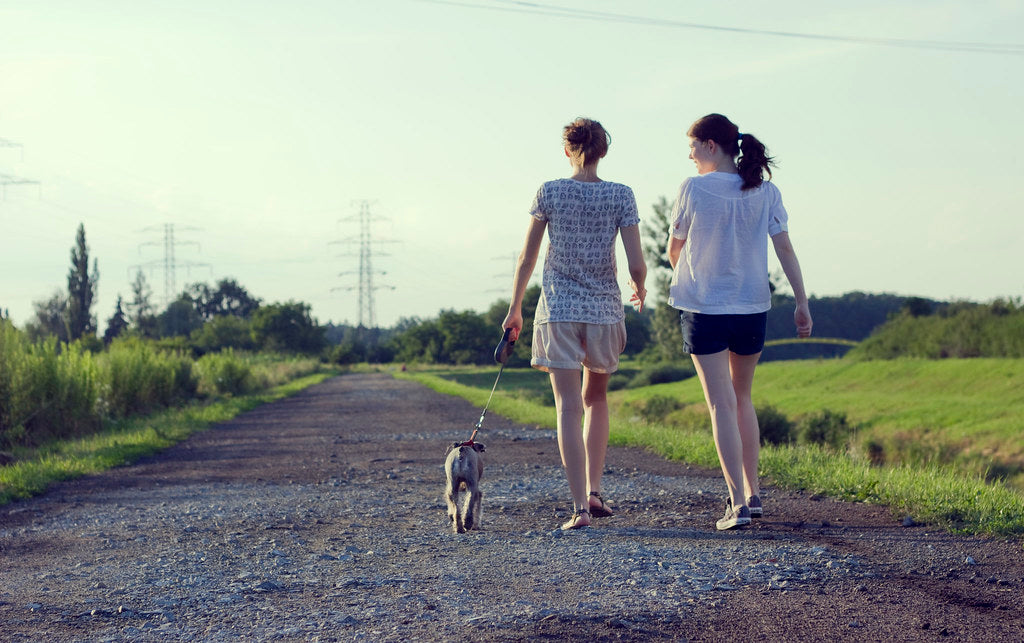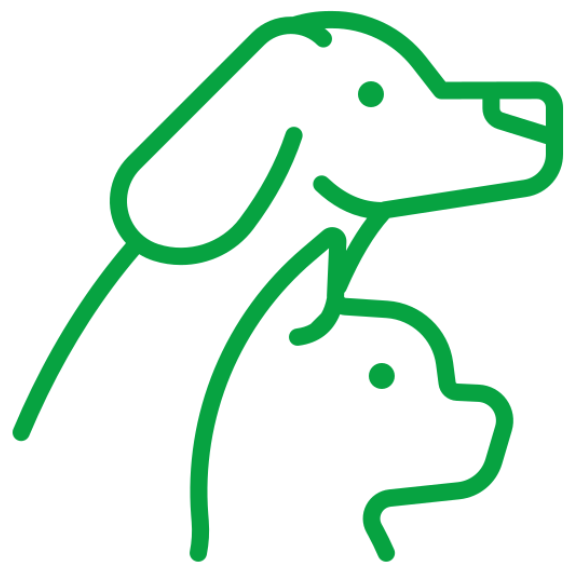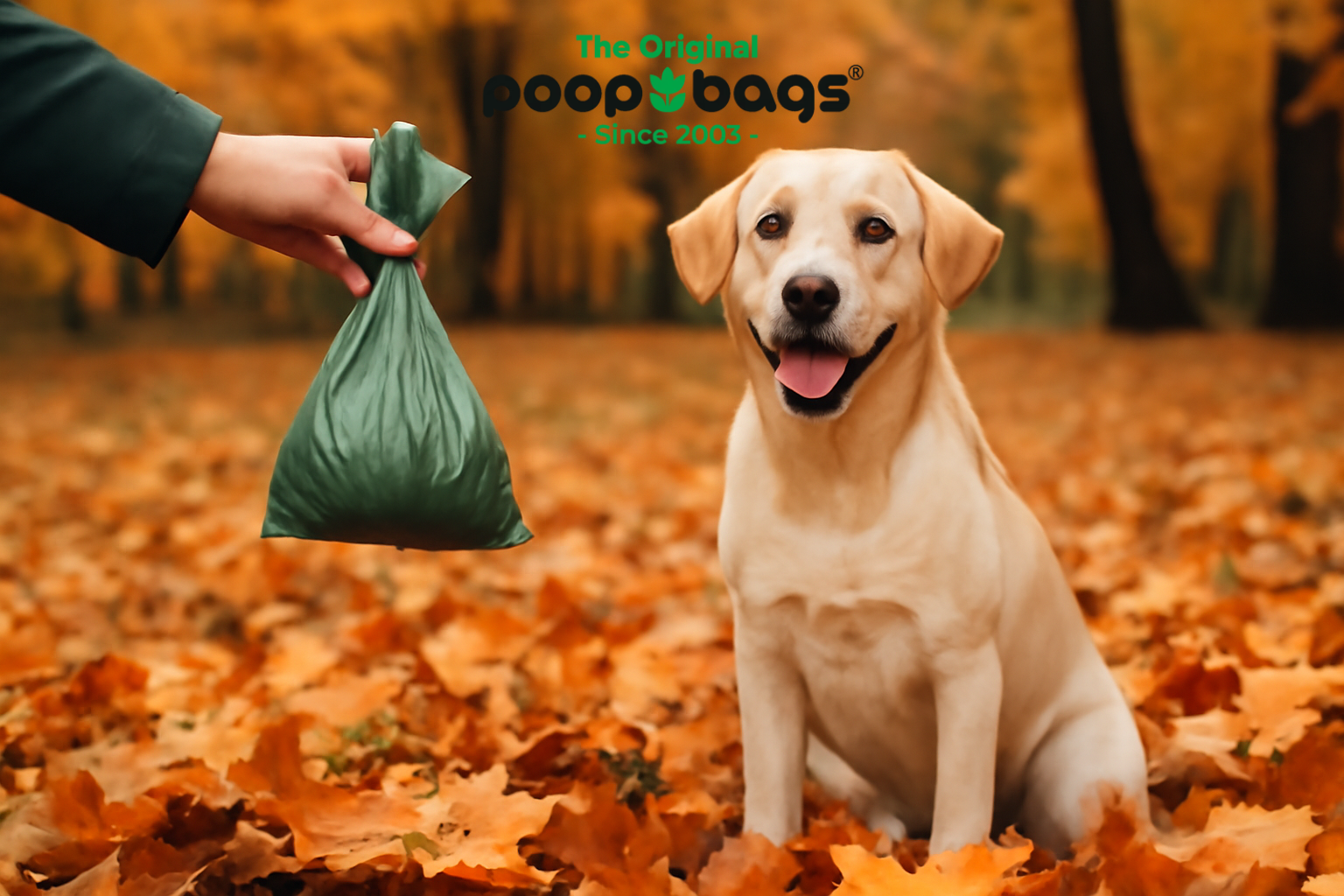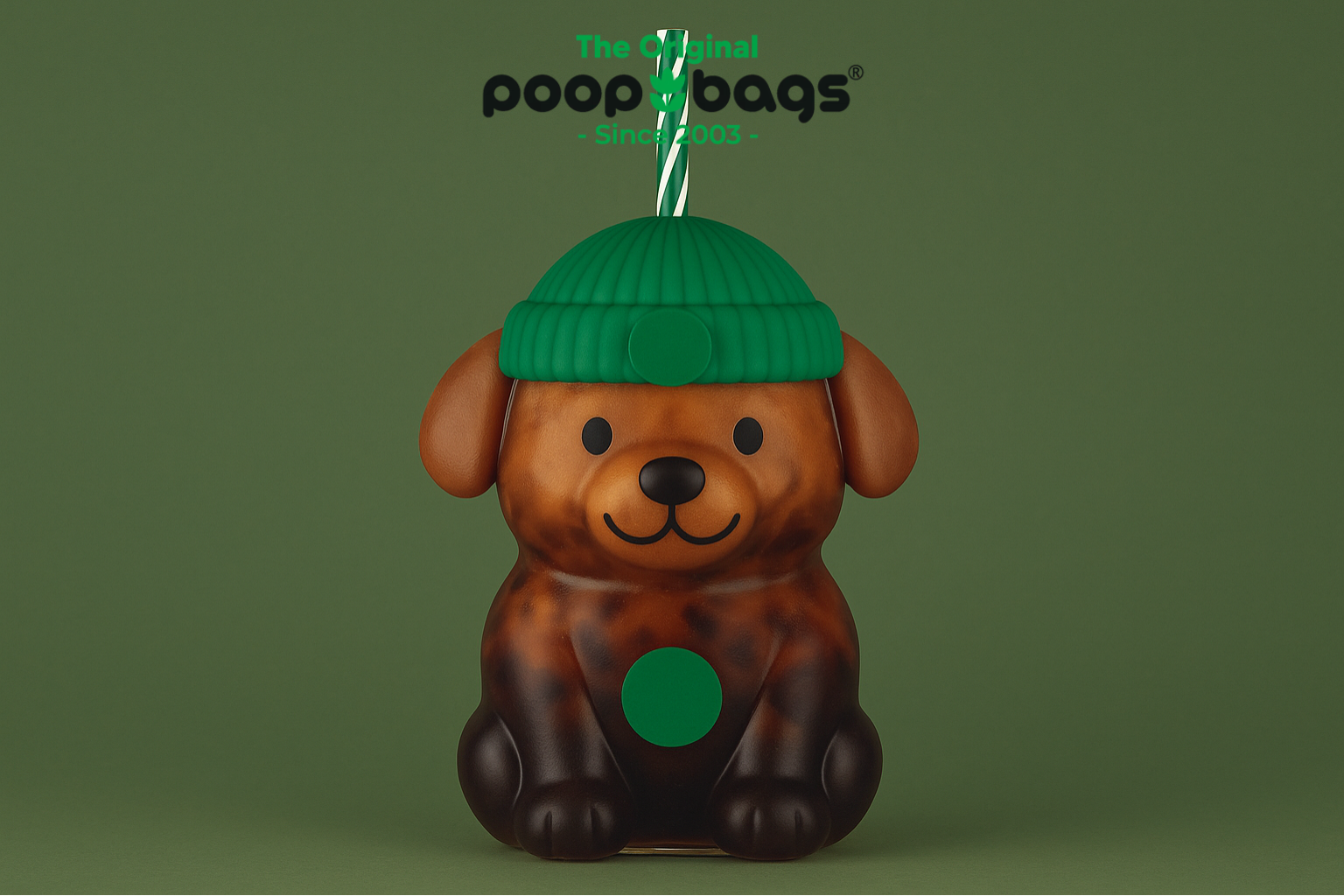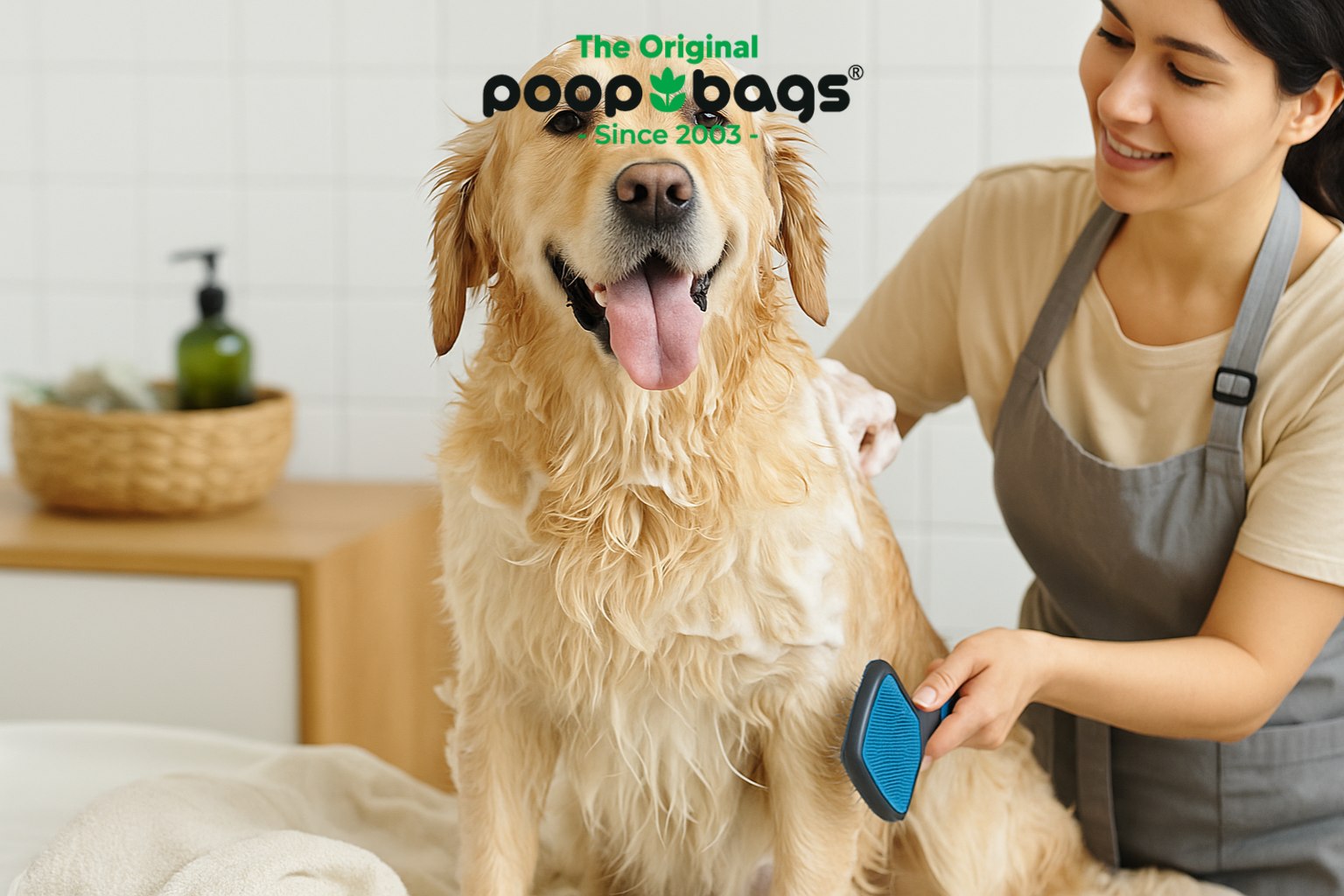It can be challenging to live with a dog that exhibits aggressive behavior towards other dogs. A simple walk outside can become a hassle and a stressful experience for the owner. Typically, an aggressive dog will bark, lunge at other dogs, and bite other animals.
Just because a dog is aggressive to other dogs doesn’t mean the dog is an overall aggressive animal, it merely means that the dog lacks training or is missing something in its life.
Luckily, there are ways to train a dog to be more obedient and erase some of those harmful aggressive behaviors. Unless it’s a severe issue, owners can usually improve their dog’s behavior using some tips & tricks.
Identify the Reason for Aggression
There is always a pre-existing reason why a dog is aggressive towards other dogs. Here are the common reasons for aggression:
- Fearfulness
- Over-protectiveness
- Dominant dog
- Stress
- Curiosity
- Over-excited states
Now, it’s time to figure out the reason for your dog’s aggression problem. The best way to learn to identify the issue is to observe the encounter between the two dogs. If the tails are wagging, the dogs may be over-excited or hyper, so you need to correct them and snap them out of it with a pull of the leash to the side.
If the issue is fear, you’ll probably need to socialize your pet with other dogs more often so it can learn to trust and play.
Become the Pack Leader During the Walk
The most crucial first step is to master the daily walks with the dog. It is during the walk that many dogs exhibit aggressive behavior most often. As the owner, you need to assert your position as the pack leader. Here are some ways to be a good pack leader:
- You can assert your pack leader position by using your body language and energy to send signals to the animal. A pack leader must exhibit confident behavior at all times during the walk. Make sure that you keep your shoulders back, head high, and keep a steady tempo.
- If a dog senses the human’s weakness or fear, it will use it to its advantage and continue the bad or aggressive behavior. Never walk beside your dog in a fearful or cowering state. Don’t look around you nervously, pointing out other dogs, or pulling your pet away from other dogs always.
- Make sure that the collar is placed at the top of the dog’s neck because it is a sensitive area on the animal’s body. If you pull the collar, the animal will feel it and snap out of the aggressive state.
- A dog should be walking behind you or beside you, never in front of you. Don’t allow the dog to pull you and lead you. A dog that is pulling you can feel like the owner needs protection, and that’s when an aggressive attack can happen. When other dogs approach, it will see it as a threat.
Never Encourage Bad Behavior
If allowed, dogs will repeat bad behavior because they don’t know what the boundaries and limits are. As the pack leader, it is the owner’s role to train the dog and set the boundaries of what’s acceptable and what’s not. Of course, this can be hard because we all love our pets and let them get away with naughty behavior sometimes. Here is when you need to take on the leadership role:
- Small dogs are often hard to train because the owners don’t reinforce the rules. Most aggressive behavior with small dogs comes in the form of barking or snapping at other dogs. What owners tend to do in this situation is that they pick up the dog and hold it in their arms. This is not best the way to deal with this problem. The pet will internalize this behavior as a reward for trying to protect or control you. Instead, let the little dog walk by the other dog and snap it out of the barking state.
- When you are walking with your aggressive dog, and you see another dog approaching, never cross the street or pull your animal far away. If you panic, the dog will understand that those other dogs are an imminent danger, and it will try to protect, thus lunging, barking, and biting.
- Never begin to yell at the dog. This tone will actually raise the dog’s energy, making it excited and potentially more aggressive. Always speak in a calm voice, even if it’s hard to do so in a tense moment.
- Don’t pull the leash back during a difficult moment. This backward pull will panic the animal, causing it to lunge even harder. Instead, pull the leash upwards or to the side and use the tip of your foot to touch the ribcage area. This will snap the dog out of the aggressive behavior.
Teach the dog avoidance
To help make walks easier, practice avoidance. It means ignoring other dogs and their owners. It can seem like you are being rude to others, but this simple act will help your dog avoid fixation on other animals. You want to ensure your dog doesn’t obsess over other dogs. It must learn to ignore them unless you deliberately take them over for an introduction.
When walking, keep your head high and look straight up and ahead. Walk at a natural pace and avoid eye contact with other dogs or their owners. By not making eye contact, we are teaching the animal that we do not want confrontation. Instead, we seek avoidance of conflict. Dogs are quick learners, and the chances are that if you practice restraint for a while, your dog will begin to ignore other dogs unless directly engaged.
You can also teach avoidance by distracting your dog from the other dogs. Keep some yummy treats handy, and when you are out on a walk and sense danger, distract your dog from the others by giving it some treats. This is a quick way to prevent a fixation or obsession because most dogs will just be happy to receive a treat, and they’ll stop worrying about the other animals nearby.
Keep practicing
The best way to help your dog be sociable and happy is to be consistent and to keep practicing. Being a pack leader is not easy, and you must continuously reinforce good behavior instead of the bad. Remember that dogs usually have a motive for acting aggressively, so consider your options and always be prepared to apply small corrections when you notice any bad behavior.


